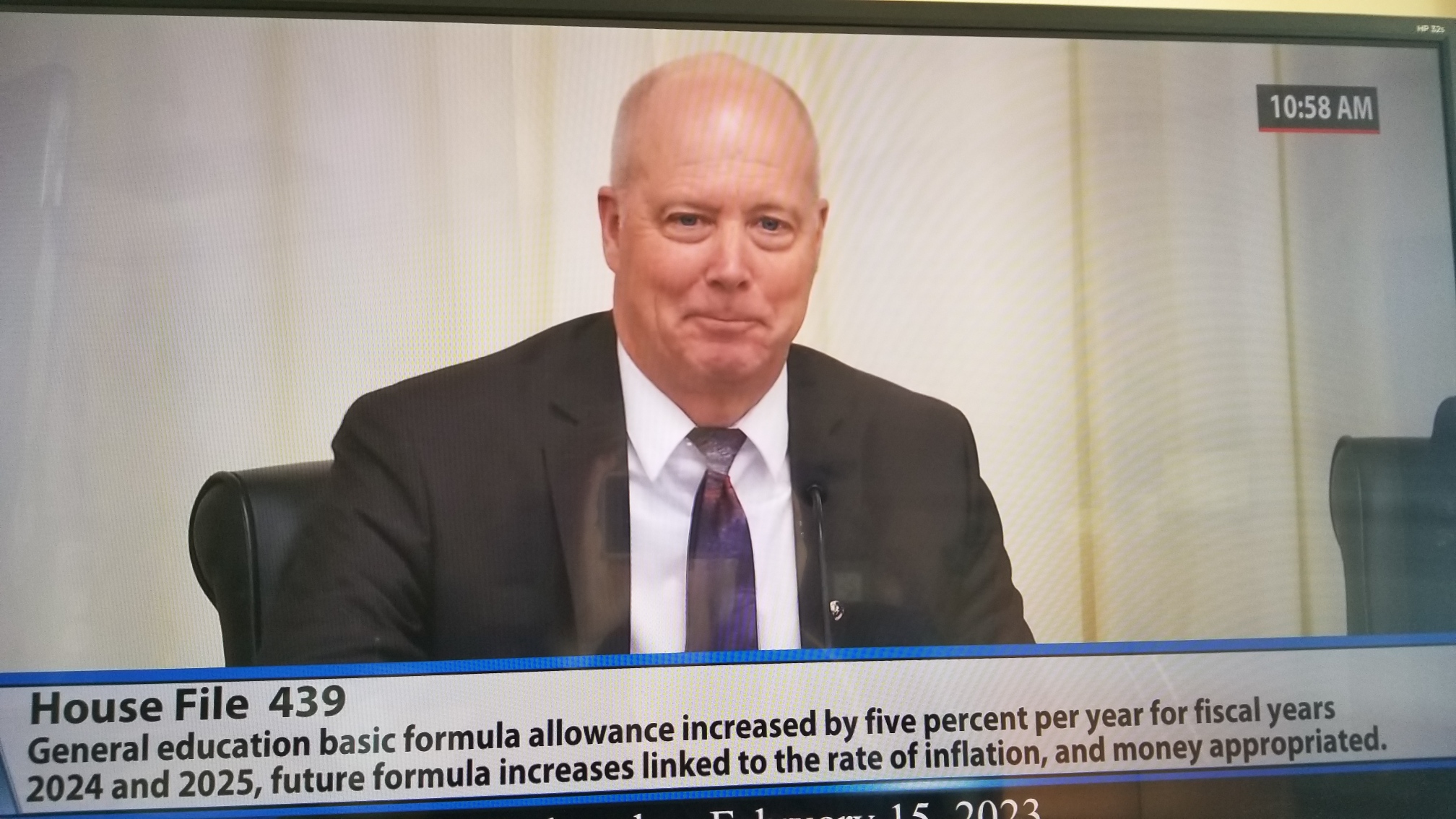The Senate and House both have bills that will provide reduction aid for 100 percent of a district’s special education cross subsidy for Fiscal Year 24 and beyond. These are SF28 and HF18. These bills would help each district financially, as all districts have a special education cross subsidy.
During last year’s Legislative Session, MREA wrote an article detailing what special education and English Learner cross subsidies are.
MREA released a new map today, based on the senate research data run of how the bills would benefit each district. To compare this data apples to apples between districts, MREA took the district’s potential increase in revenue from SF28/HF18 for FY24, divided by the adjusted annual daily membership (AADM) for FY24 to get a dollar amount per AADM. The map reflects an estimate using the projected ADDM numbers that districts report to the Minnesota Department of Education.
See the district runs spreadsheet.
The House and Senate are in lock step with their bills on special education cross subsidy. The Governor has his own idea of what should happen with the special education cross subsidy. Walz is looking to give aid for 50 percent of the cross subsidy. This is half the amount that SF28 and HF18 propose.
Special education cross subsidy was a major push during last year’s session by most of the education organizations, including MREA. As you know, negotiations fell apart last May, and nothing came of most bills last year.
MREA explored last year how the same dollar amount on special education cross subsidy versus money on the formula affected member districts. Though the results varied by district, in general, the same dollar amount would be more beneficial on the formula than putting it on special education cross subsidy for most rural districts.
With the new and different bills on special education cross subsidy aid and money on the formula this year, we are not talking about the same dollar amounts as we were last year. The special education cross subsidy reduction aid amount proposed in SF28/HF18 for FY24 is $857,705,773. The cost for SF448/HF439, that has five percent on the formula linked to inflation, is $369,552,212.
MREA encourages members to look at the district runs for each bill to see how your district would fare if the bill(s) passed.
Many large metro districts have huge cross subsidies and will benefit greatly if SF28/HF18 is passed. However, this is not a clear metro versus rural issue. The data shows that of the top 20 schools who benefit from this aid per AADM, 12 are rural while 8 are larger metro schools. Conversely, 8 metro districts are below the median, whereas 158 rural districts are below the median.
This issue continues to be a priority for MREA and our member districts. Your MREA legislative action team is advocating at the Capitol each day on your behalf to reduce or eliminate this underfunded mandate. MREA members are encouraged to join the weekly Member Advocacy Briefings to hear the most up-to-date information.





